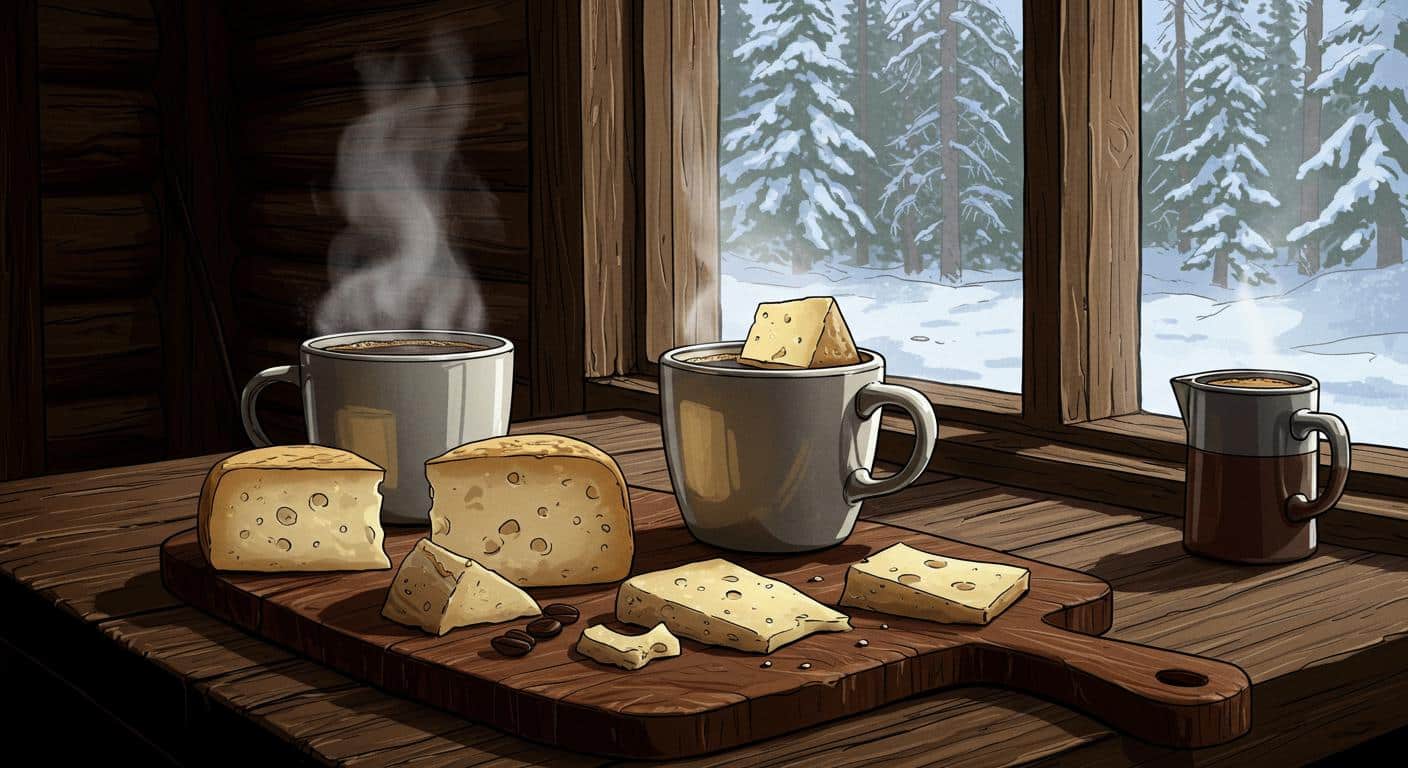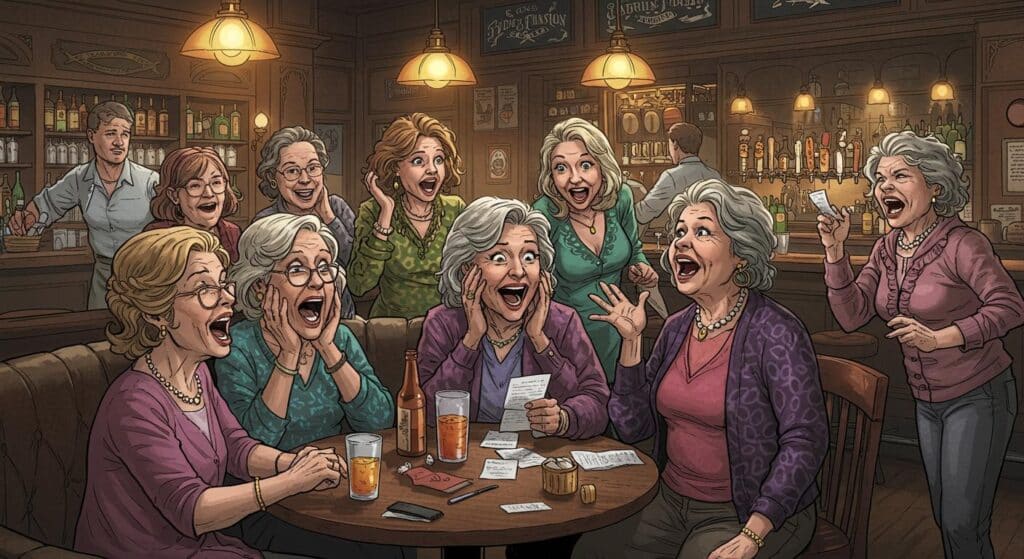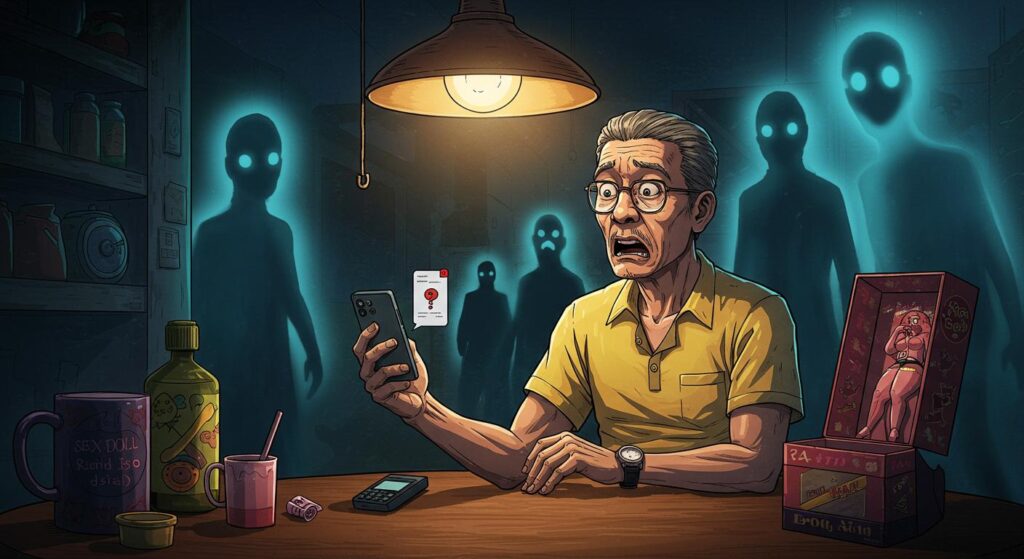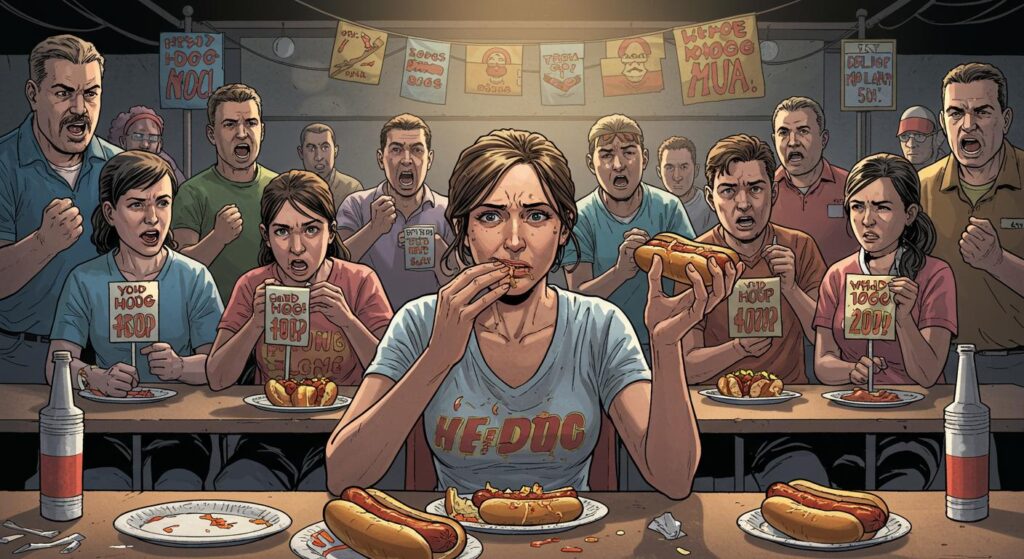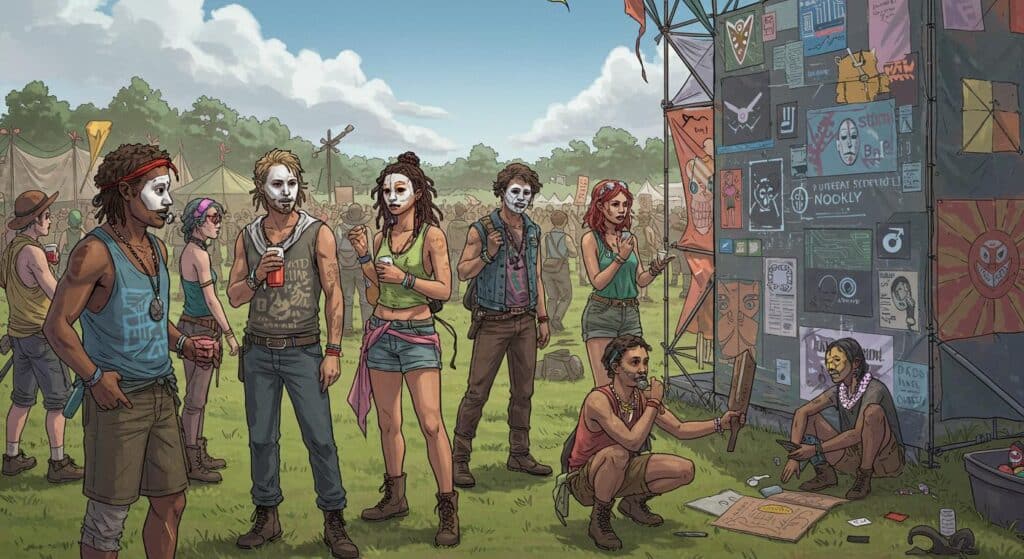If you’ve ever stared at your morning mug and wondered what’s missing, northern Sweden has an answer that is anything but ordinary: a hunk of cheese. Specifically, kaffeost—literally translating to “coffee cheese”—a local curiosity that, until now, has quietly existed in the chilly northern reaches of Scandinavia. But that quiet tradition is stepping under some broader European light. The European Union has granted its coveted “protected designation of origin” status to this unusual foodstuff, according to Radio Sweden.
What Exactly is Coffee Cheese?
Some clarification before anyone dumps a slice of cheddar in their cappuccino. Kaffeost isn’t your standard grocery store specimen—this is a distinctly northern cheese, mild and firm, engineered to resist total dissolution in hot liquids. As highlighted by Sveriges Radio, kaffeost is specifically created to be cubed and nestled in a cup of steaming coffee, where it softens, absorbs the brew, and offers the drinker a chewy finish to their caffeine ritual. Outside its homeland, this combination likely raises more eyebrows than appetites.
From Village Ritual to Legal Treasure
Described in reports from both Radio Sweden and Sveriges Radio, this EU recognition didn’t materialize by accident. The move originated with local cheesemakers themselves, worried that this peculiar tradition would fade into obscurity without formal protection. Their push wasn’t simply about regulatory red tape but about anchoring a tradition—safeguarding both recipe and reputation from imitators who might dilute kaffeost’s authentic roots.
For those unfamiliar with the world of European food law, “protected designation of origin” is a weighty title. It means only kaffeost made under specific regional methods in northern Sweden can rightfully claim the name. The outlet also notes that for families and artisans who still regularly slip cubes of cheese into their morning coffee, the status serves as both validation and armor—an official seal confirming that yes, this is indeed a real practice, and not just the stuff of northern folklore.
Regional Pride and International Curiosity
Sveriges Radio indicates that kaffeost’s new protected status is as much about boosting local pride as it is about gracing international tables. Producers in the region hope EU recognition will invite a new layer of appreciation at home, and, with some luck, perhaps lure culinary tourists and curiosity-driven travelers northward for an authentic taste. It’s hardly every day that a humble cheese-and-coffee combo gets promoted to protected European delicacy.
However, those same reports acknowledge that to most outsiders, the beverage-food mashup sits somewhere between comforting and confounding. Is it a heartwarming testament to rugged self-sufficiency? A clever way to fortify breakfast against a sub-Arctic chill? Or just a result of long winters prompting creative—if slightly odd—culinary solutions? The lingering question for anyone uninitiated: what, exactly, does dunked cheese do for coffee? It certainly seems to invite taste-testers and skeptics in equal measure.
Heritage, Oddity, and the Line Between Them
What stands out in this story isn’t just the preserved cheese but the preservation instinct itself. As detailed by Radio Sweden, kaffeost traces back to the region’s practical traditions—milk turned into an enduring cheese, cheese pressed into service for warmth and sustenance, and, finally, sustenance folded into ritual. Now with EU protection, it’s a piece of living heritage, codified not only by family memory but also continental bureaucracy.
It leaves one to wonder: Will kaffeost now make its way onto hip café menus outside Sweden? Or will the wider world regard it as a delightful oddity best enjoyed by those who have endured a northern winter? Maybe the truest charm is that, despite its new legal standing, kaffeost remains a stubbornly local slice of tradition—one that thrives not in the mainstream, but in the mugs of those who know exactly what should happen when cheese meets coffee. Is that ritual really so eccentric—or just comfort uniquely defined by place and history? Sometimes, it takes a little bit of legal recognition for the rest of us to pause, squint into our coffee, and reconsider what we’ve been missing.

